In 1872, a delegation of dignitaries and students from China arrived in Hartford, Connecticut, for a prolonged visit. The Chinese government had commissioned the students to undergo a Western education in order to develop future ambassadors of the Qing Dynasty. However, China did not expect the young men to become Americanized as they did, to forget the Mandarin language and to grow an affection for a game called base ball. Hartford’s Sino-guests were a part of the first Chinese Educational Mission (CEM) and led by a Yung Wing, a Chinese man educated in America. Also known by his Mandarin title, “Rong Hong” Yung Wing was the first Chinese national to graduate from New Haven’s Yale College.
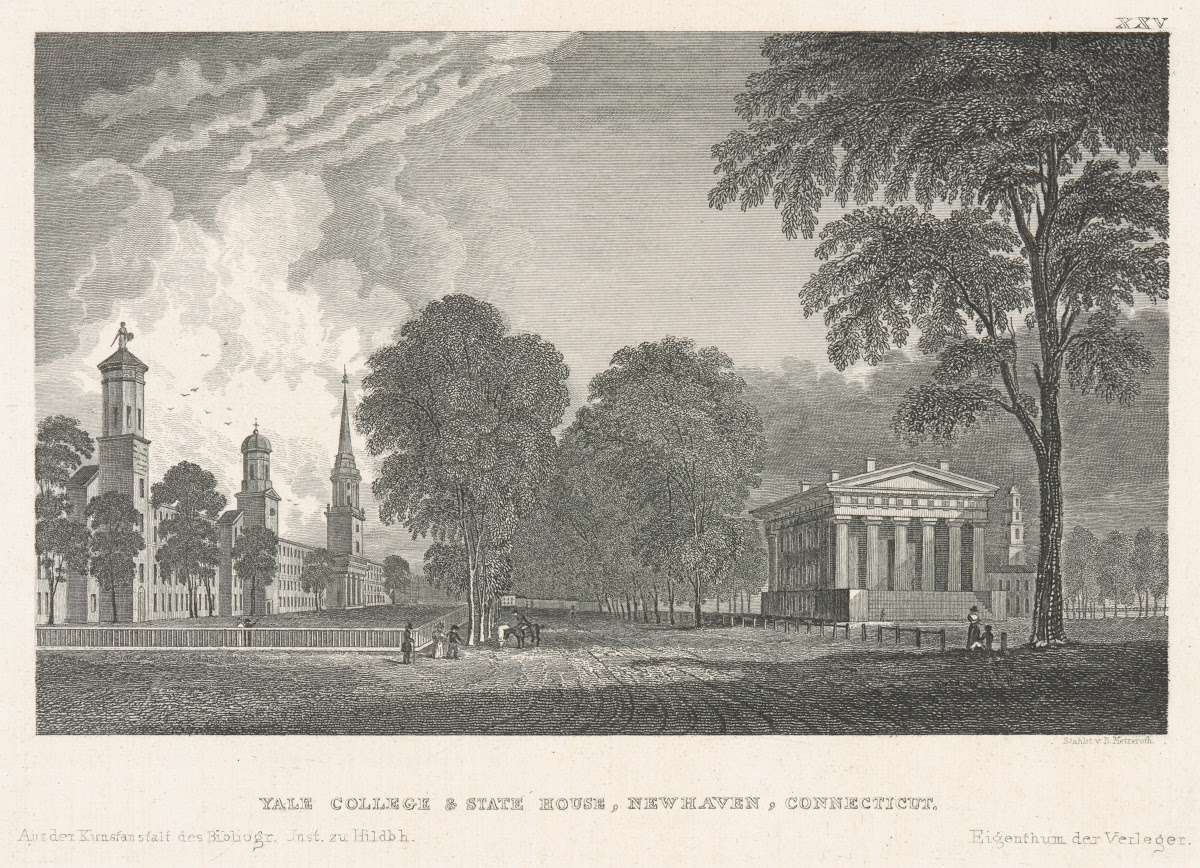
Originally, Yung Wing was born in 1828 and raised in the Zhuhai prefecture near Macao. Yung attended the Morrison School in Macao, the first Christian missionary school in China founded by another Yale graduate, Reverend Samuel Robbins Brown. In 1847, Yung was offered an opportunity to study in the United States by Reverend Brown, who was returning home due to poor health. Yung accepted the invitation, traveled half-way around the world and initially enrolled at Monson Academy in Massachusetts. During this time he became a convert to Christianity and accustomed to a New England way of life. In 1852, while studying law at Yale, Yung also became an American citizen.
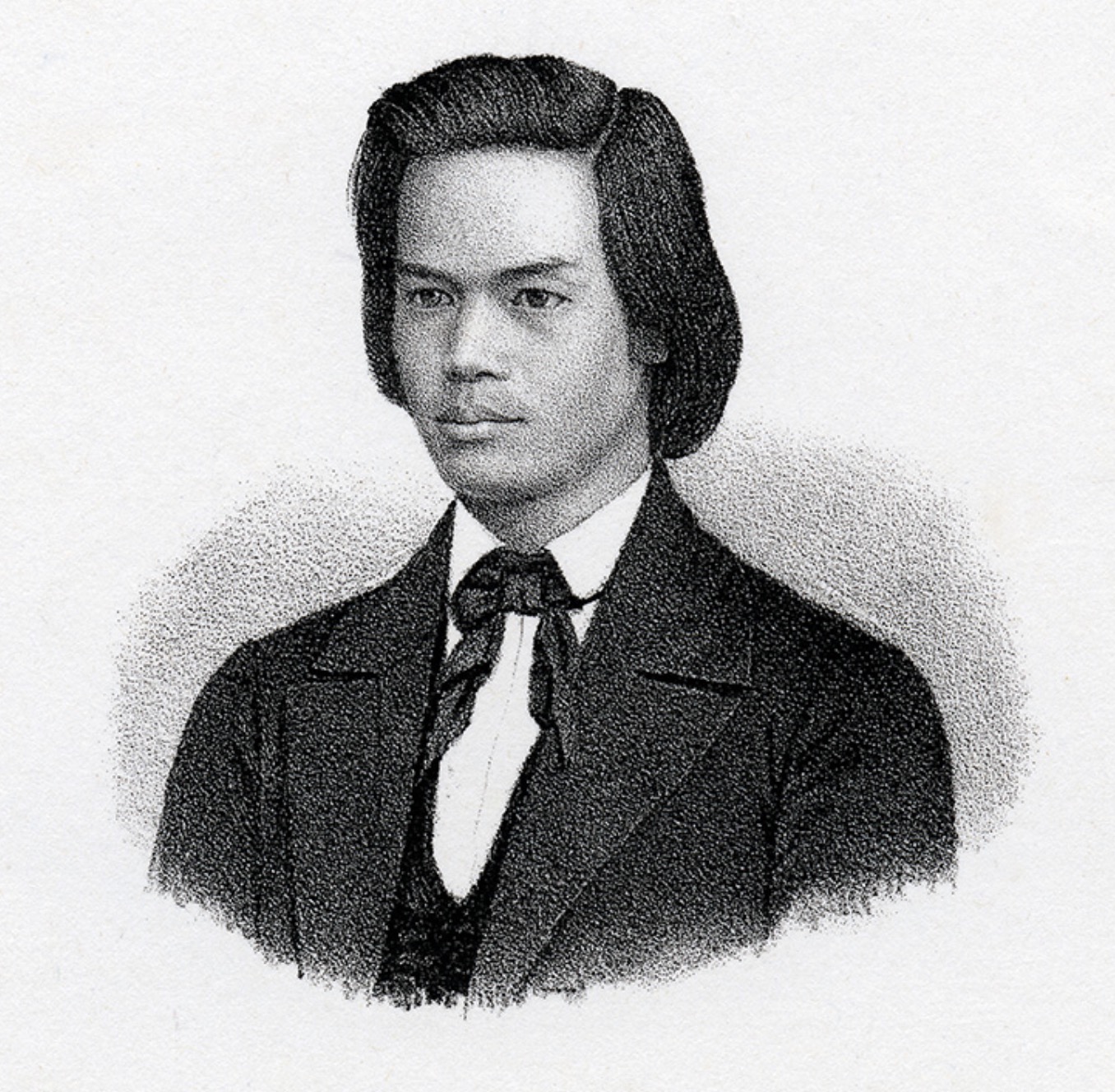
After Yale, he returned to China. He was determined to bring Chinese students to the United States so they too could experience a Western education. The Qing court debated the idea of sending students to study abroad in 1863. Meanwhile Yung was promoted up the ranks of China’s government and became envoy to the United States. He returned to America to acquire machinery, thereby equipping the city of Shanghai with modern manufacturing technology. He was then called upon to serve as lead interpreter to negotiate the 1868 Burlingame Treaty, providing legal rights to both Americans and Chinese people while abroad. Then Yung was key to negotiations with France following the Tianjin Massacre of 1870.
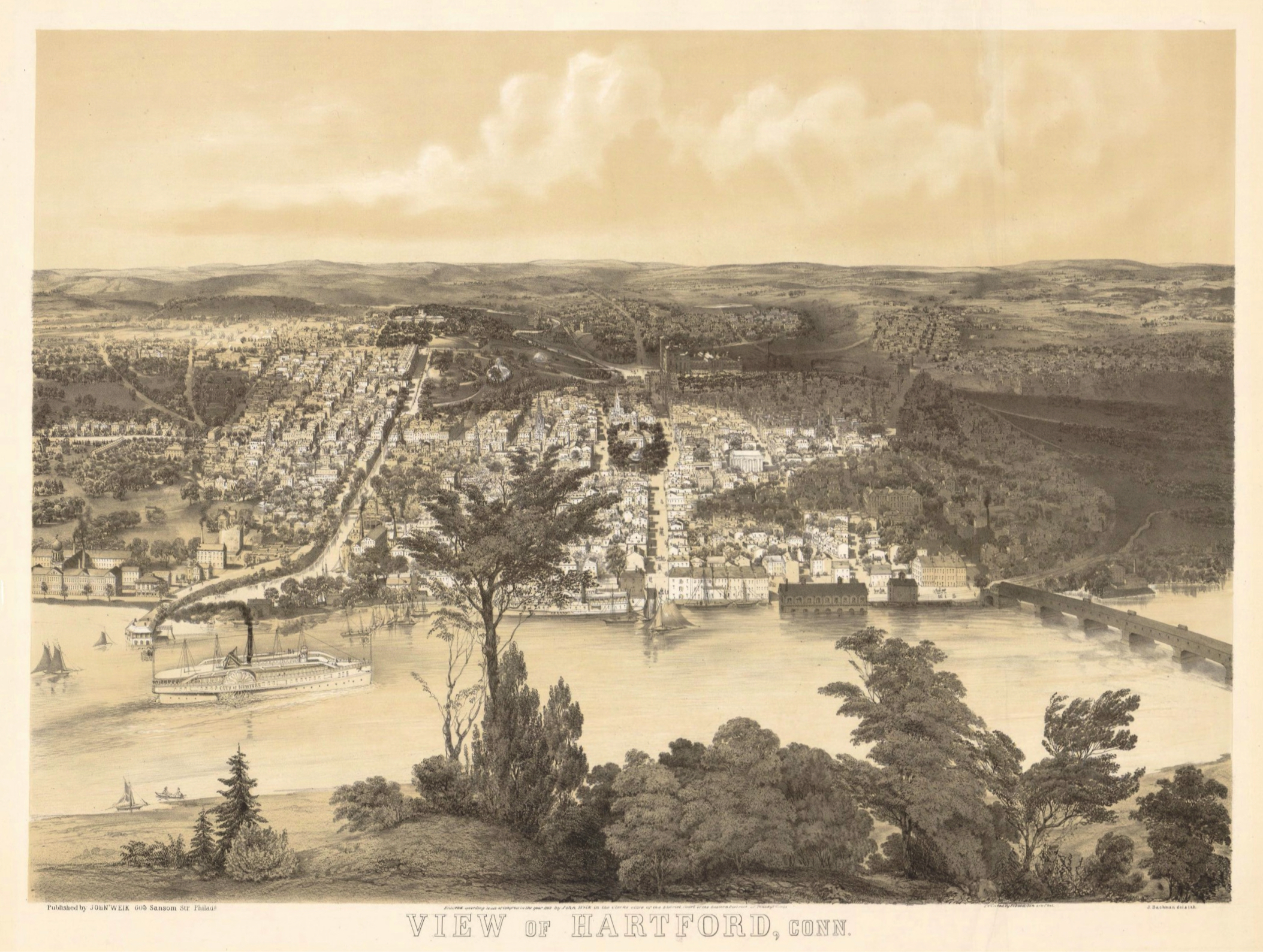
Eventually, Yung Wing became a Viceroy of the fifth rank, and he used his influence to appeal for the Western education of Chinese boys. His persistence paid off when the Tongzhi Emperor approved the Chinese Educational Mission to America. Yung went ahead of other Chinese officials and students in order to establish the CEM in New England. He vetted American families who would open their homes to young Chinese students and would eventually set up CEM headquarters in Hartford, Connecticut. The first group of thirty students sailed to America in 1872, and rode a series of trains to reach Hartford.
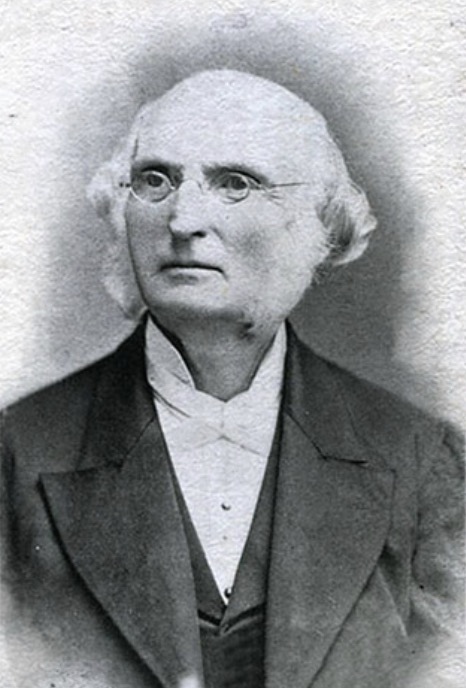
The first group of students from China, 30 boys ranging in age from 10 to 14, arrived in Hartford in 1872. A second detachment arrived from China in 1873, followed by a third and fourth in 1874 and 1875. The students lived with host families in Connecticut and Massachusetts, where they were immersed in the English language and American customs. CEM students attended local schools, including West Middle School and Hartford Public High School. They would go on to study at secondary schools throughout New England in preparation for college.

A majority of Chinese Educational Mission students hailed from Guangdong Province, while others came from Fujian Province, Shanghai, and various coastal locations of China. They arrived in Hartford wearing traditional Chinese garb but soon adopted an American style after experiencing ridicule from peers. While they improved speaking English at the expense of their Mandarin, the students assimilated to a new culture, including going to church on Sunday, eating American cuisine and playing baseball.

The Chinese pupils learned baseball during an era when the game was spreading rapidly in popularity throughout the United States. Their team of at least nine players was called the Celestials (also referred to as the Orientals). Members of the team, like most Chinese students in 1874, lived at the Chinese Education Mission headquarters at 352 Collins Street, Hartford. It was a large Queen Anne style mansion with dormitories and classrooms. When warm weather allowed, many of the students could be found playing baseball on the front lawn.
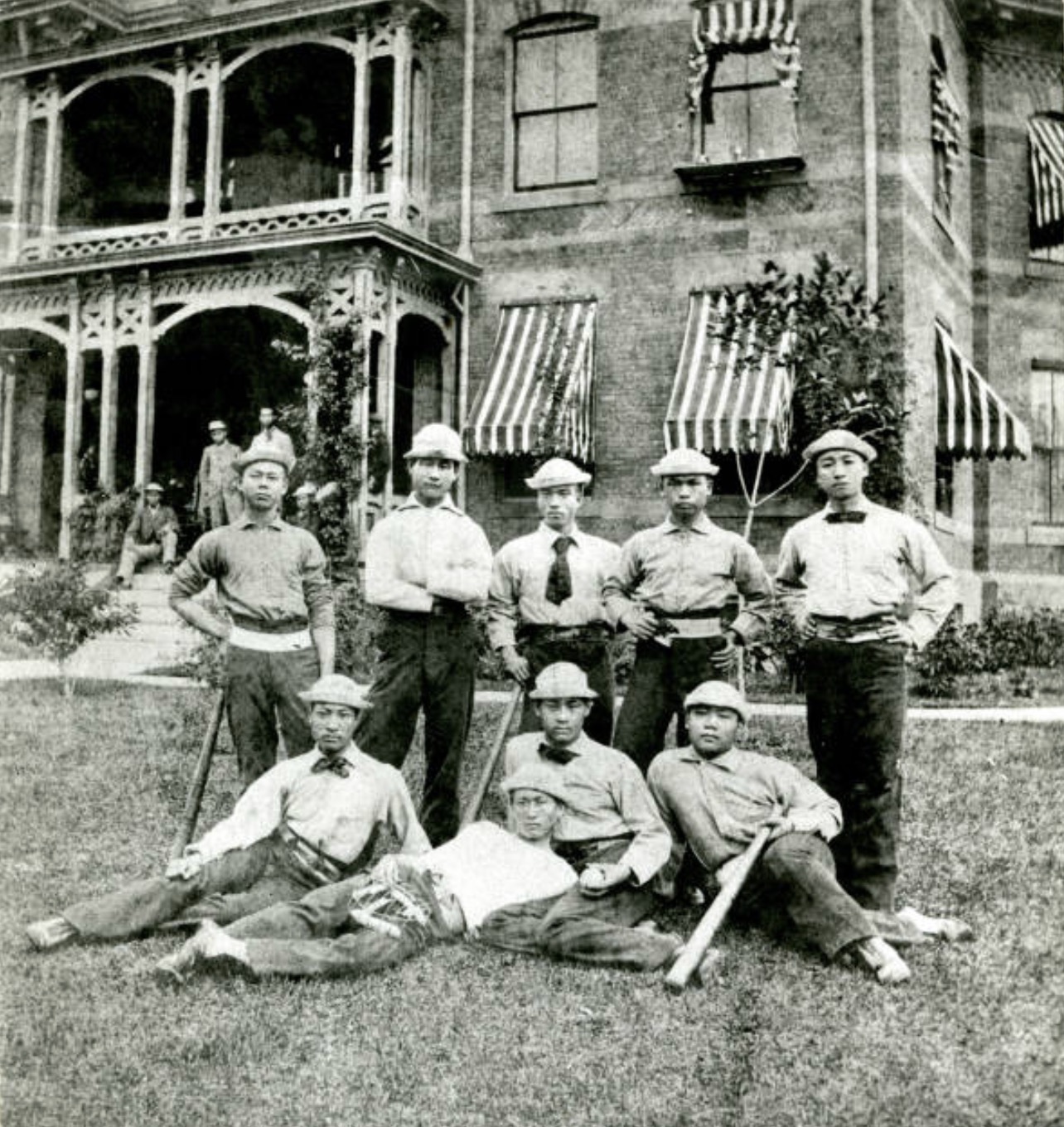
In 1875, Yung Wing, Director of CEM, married Mary Louise Kellogg, the daughter of a prominent doctor in Hartford. Mary Kellogg and Yung Wing wedded in a ceremony conducted by a close friend, Yung’s sponsor and the first pastor of Asylum Hill Congregational Church, Reverend Joseph Hopkins Twichell. Becasue interracial marriages were a rarity at the time, the union of Yung Wing and Mary Kellogg was the talk of Hartford. They would have two children named Morrison Brown Yung and Bartlett Golden Yung.
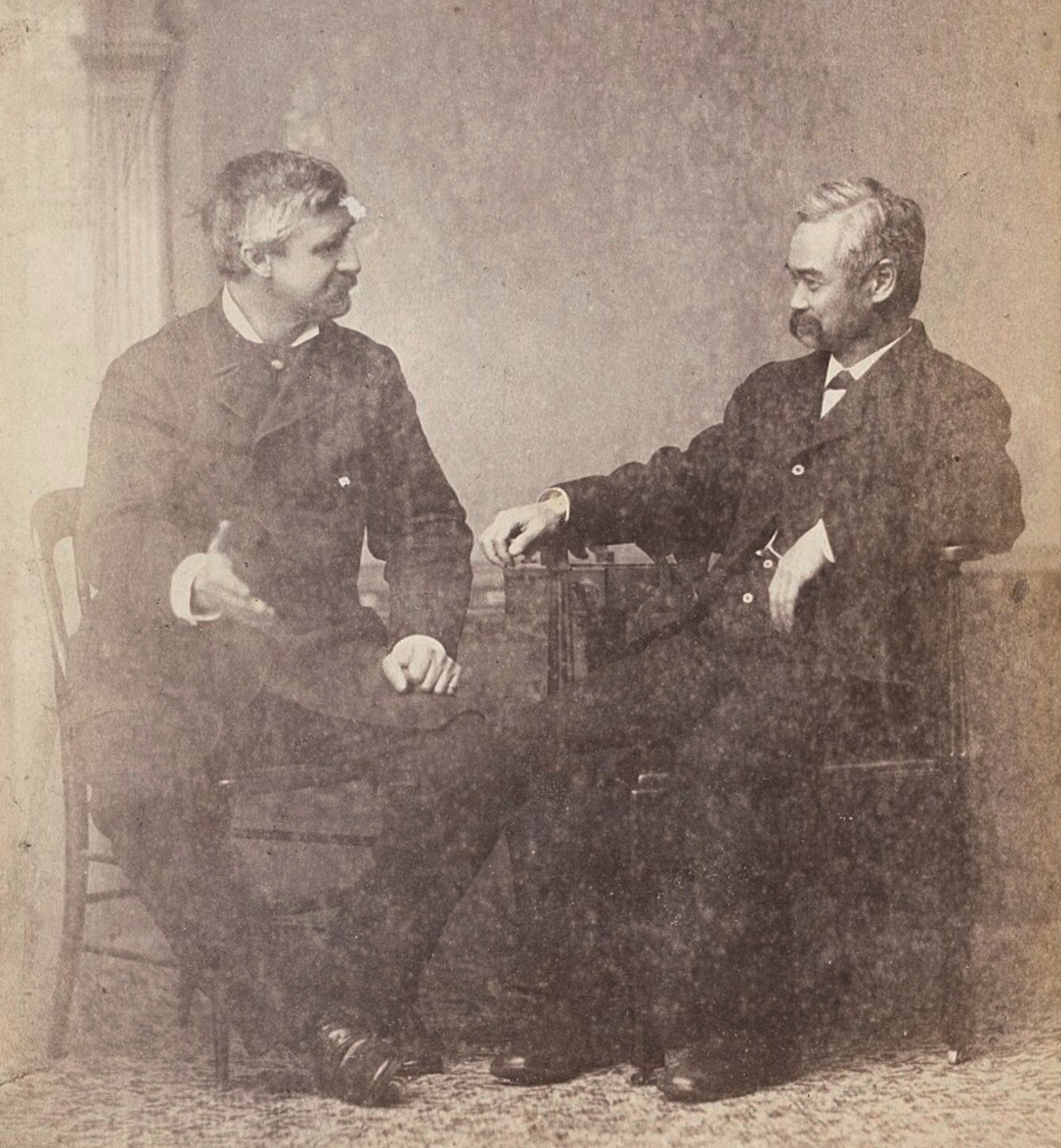
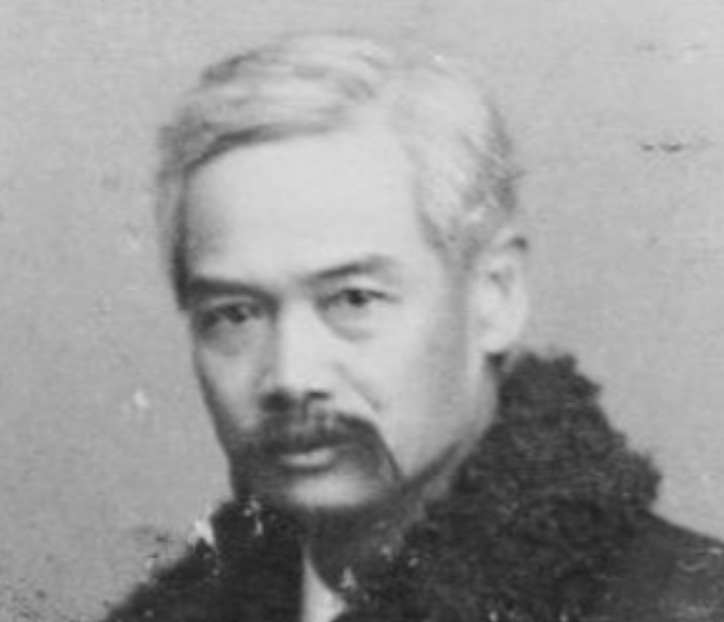

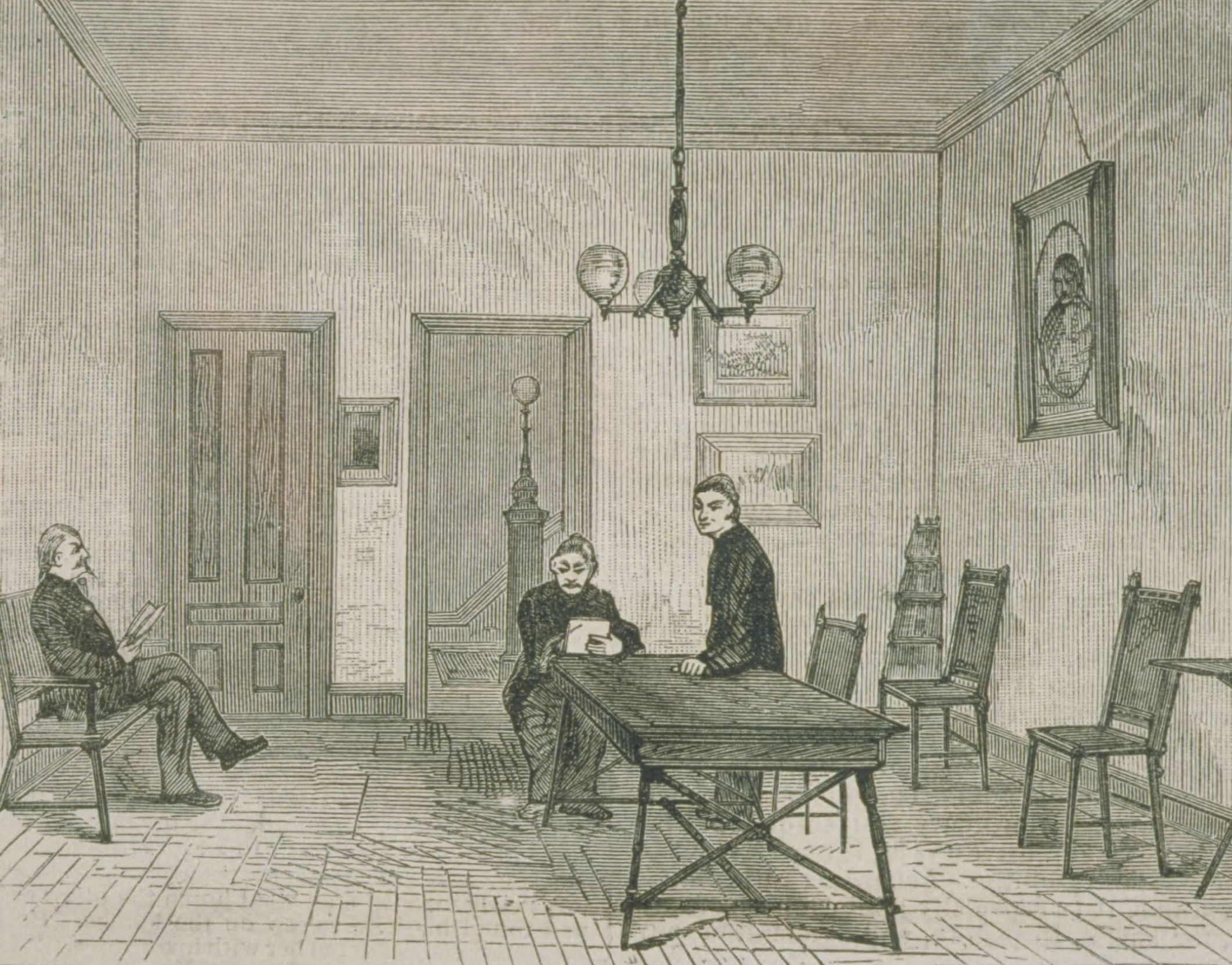
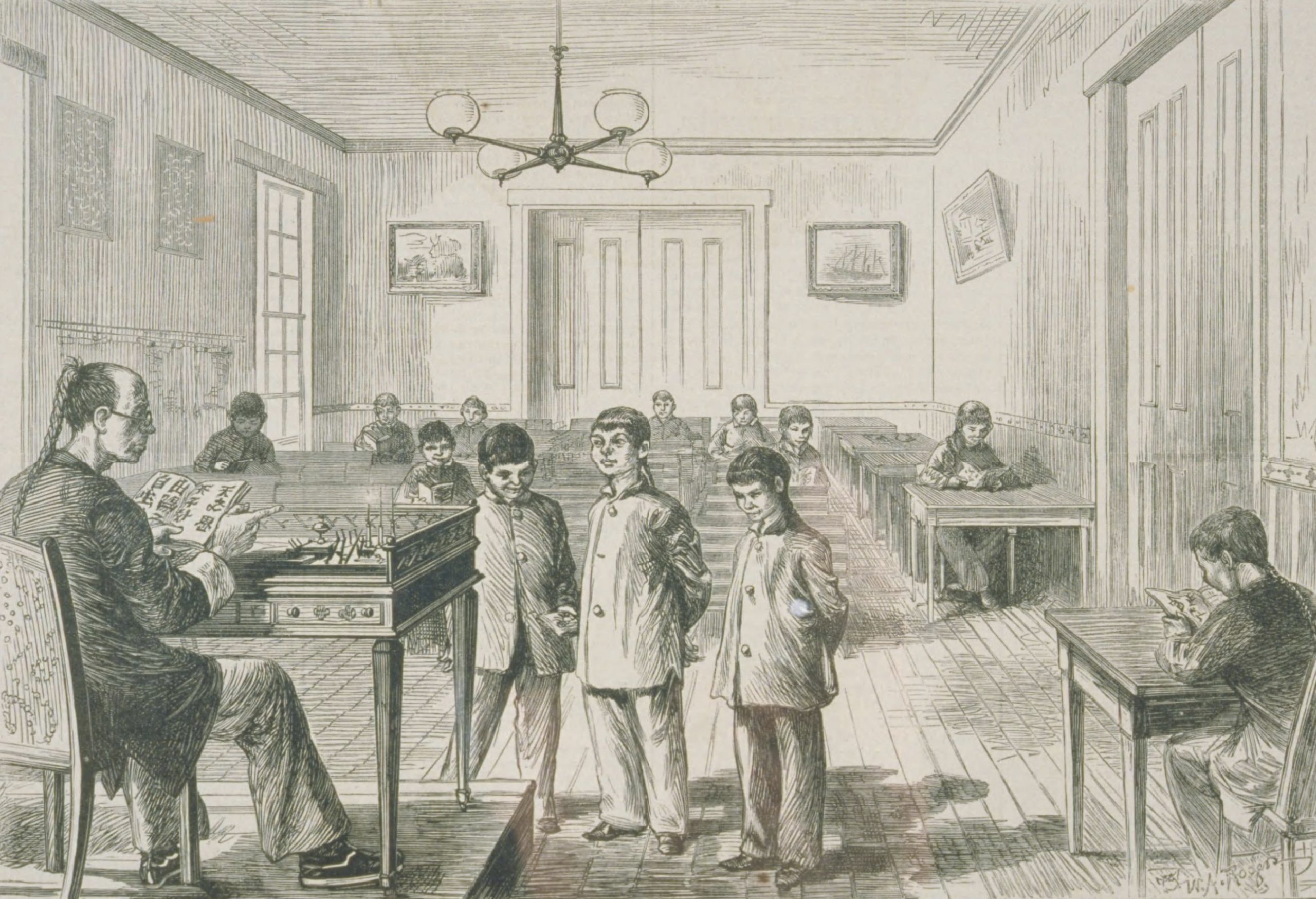
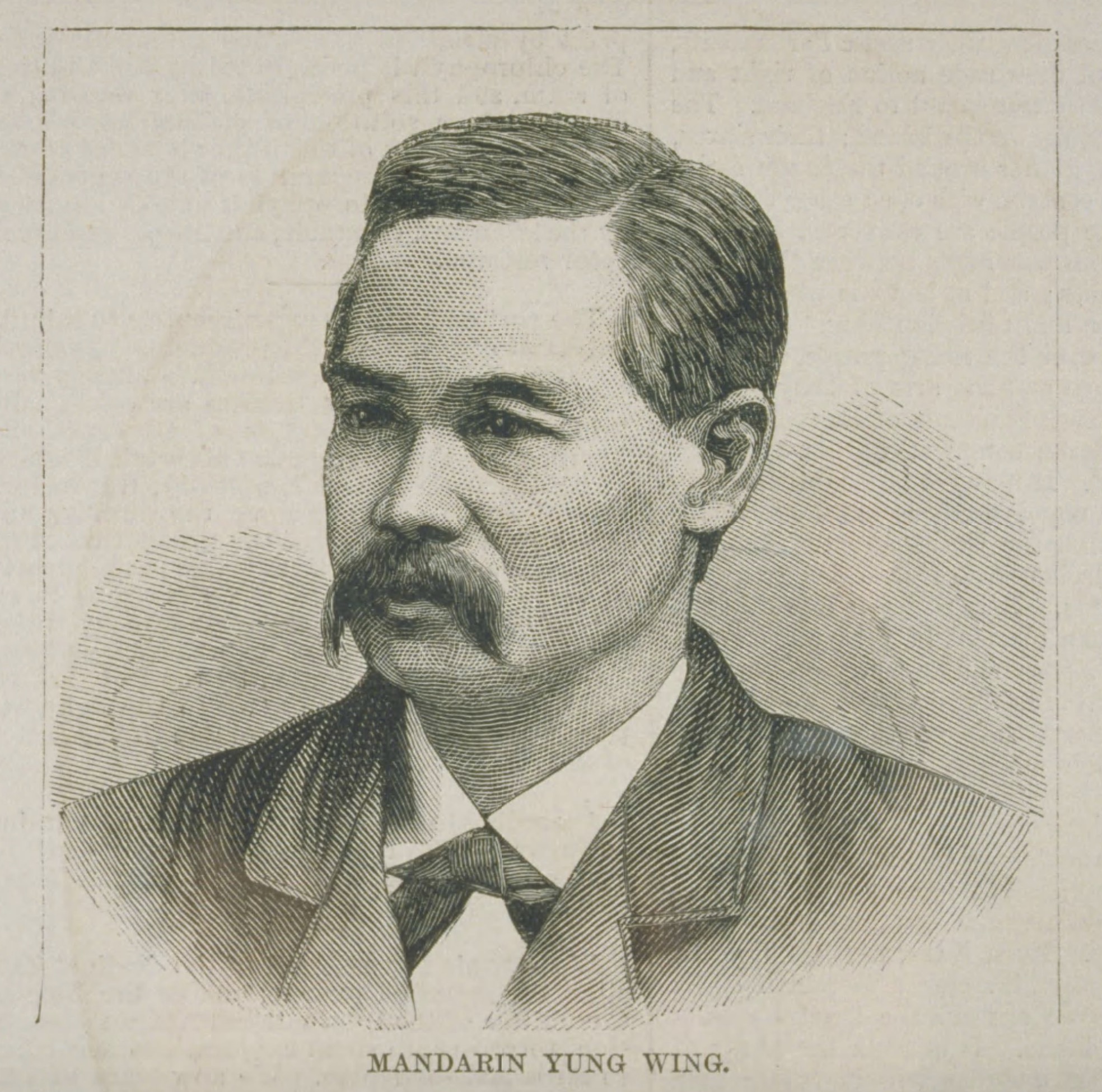
Not long after the birth of his sons, Yung Wing found himself in a predicament over the fate of the Chinese Educational Mission. Other CEM commissioners with traditional viewpoints wrote in secret to the Chinese Court denouncing the students for becoming too Americanized. These negative reports, funding concerns and a United States breach of the Burlingame Treaty prompted China to announce the end of the mission. However Yung Wing and his Hartford-based circle of influence fought back.
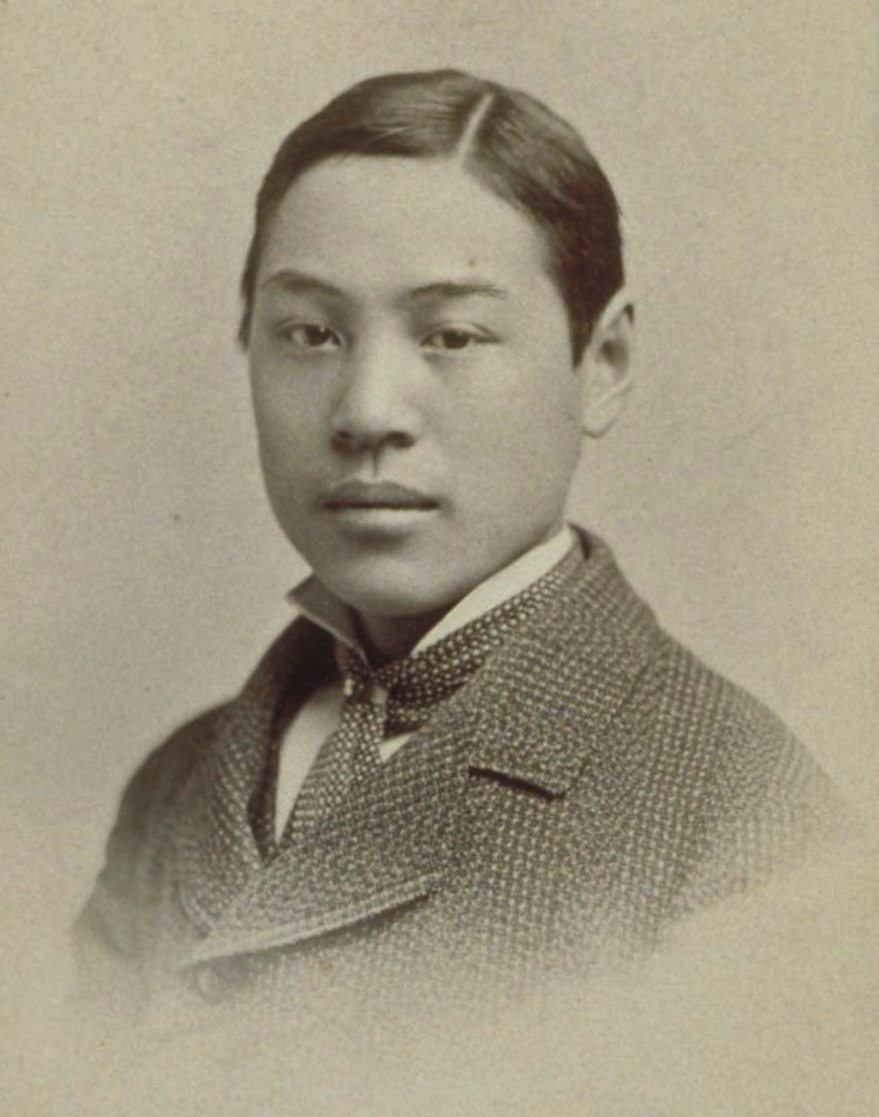
The closest friend of Rev. Joseph H. Twichell and an avid CEM supporter happened to be Samuel Clemens, better known as Mark Twain. The famous American author took the initiative to write a letter to former United States President Ulysses S. Grant, knowing of Grant’s respect for China and Chinese-American relations. Twain’s letter urged President Grant to appeal China’s decision ending the CEM. Grant made the appeal and as a result, the students were temporarily allowed to stay.
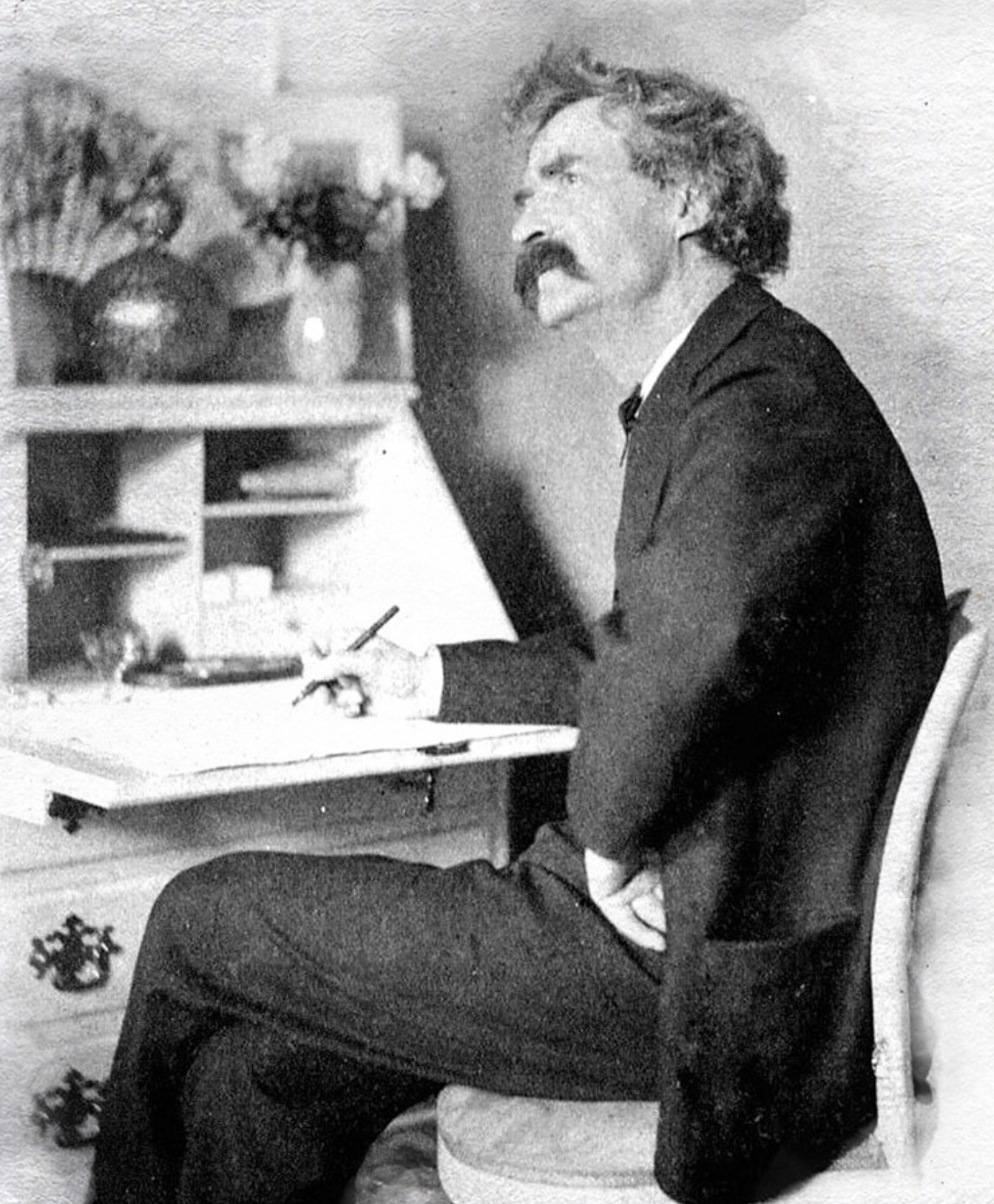
Despite the unpredictable future of the mission, integration of the students into New England society thrived. By the spring of 1881, several Chinese students were enrolled at colleges and preparatory schools. In fact, Phillips Exeter Academy and Phillips Academy Andover both featured a Chinese student on their baseball teams. Other students adapted to American culture by forming political clubs or joining religious organizations. CEM students were also well-versed in specialized fields such as telegraphy, machining, medicine, law, government and international studies.
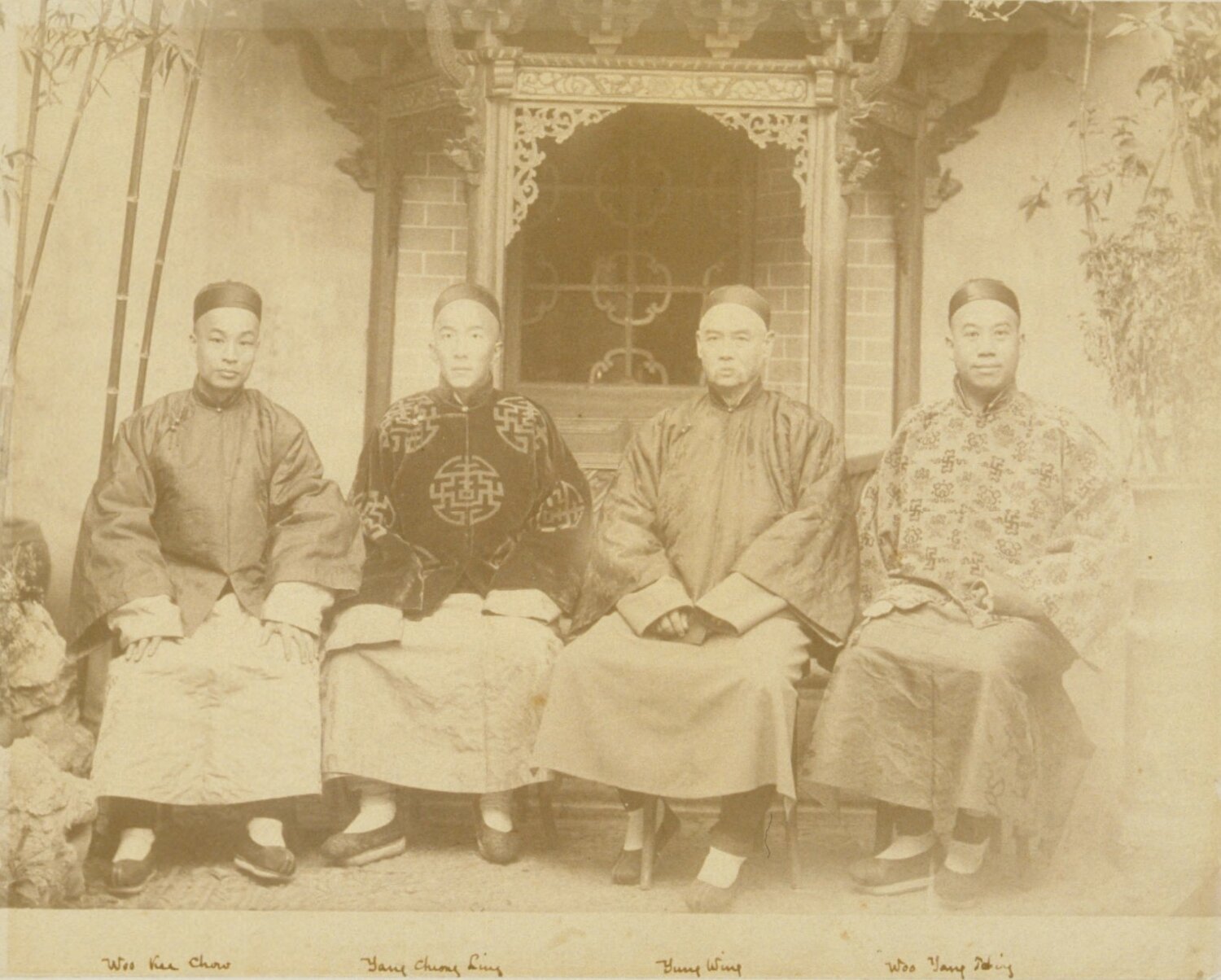
However the Chinese government ordered the students back to China on June 8, 1881, six years earlier than originally planned. One hundred CEM students made their way back to China along with Yung Wing. In August of 1881, the Chinese cohort stopped in San Francisco to await a steamer back to China but before their departure, an Oakland baseball team challenged the Celestials to a game. Oakland expected to rout the young Chinese squad, but, to the surprise of everyone, the Celestials drew on their experience in Hartford and won their final baseball game in America.
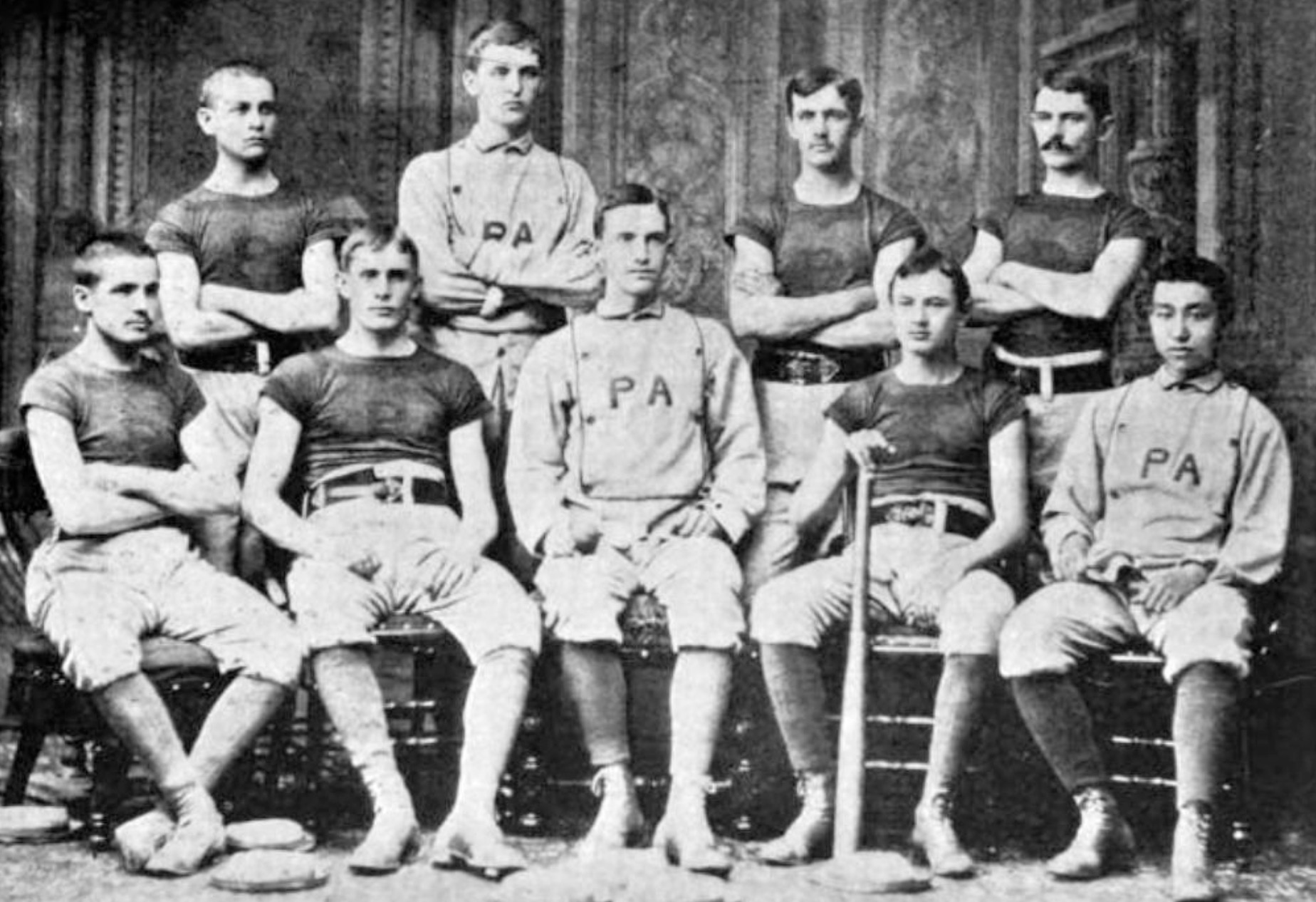

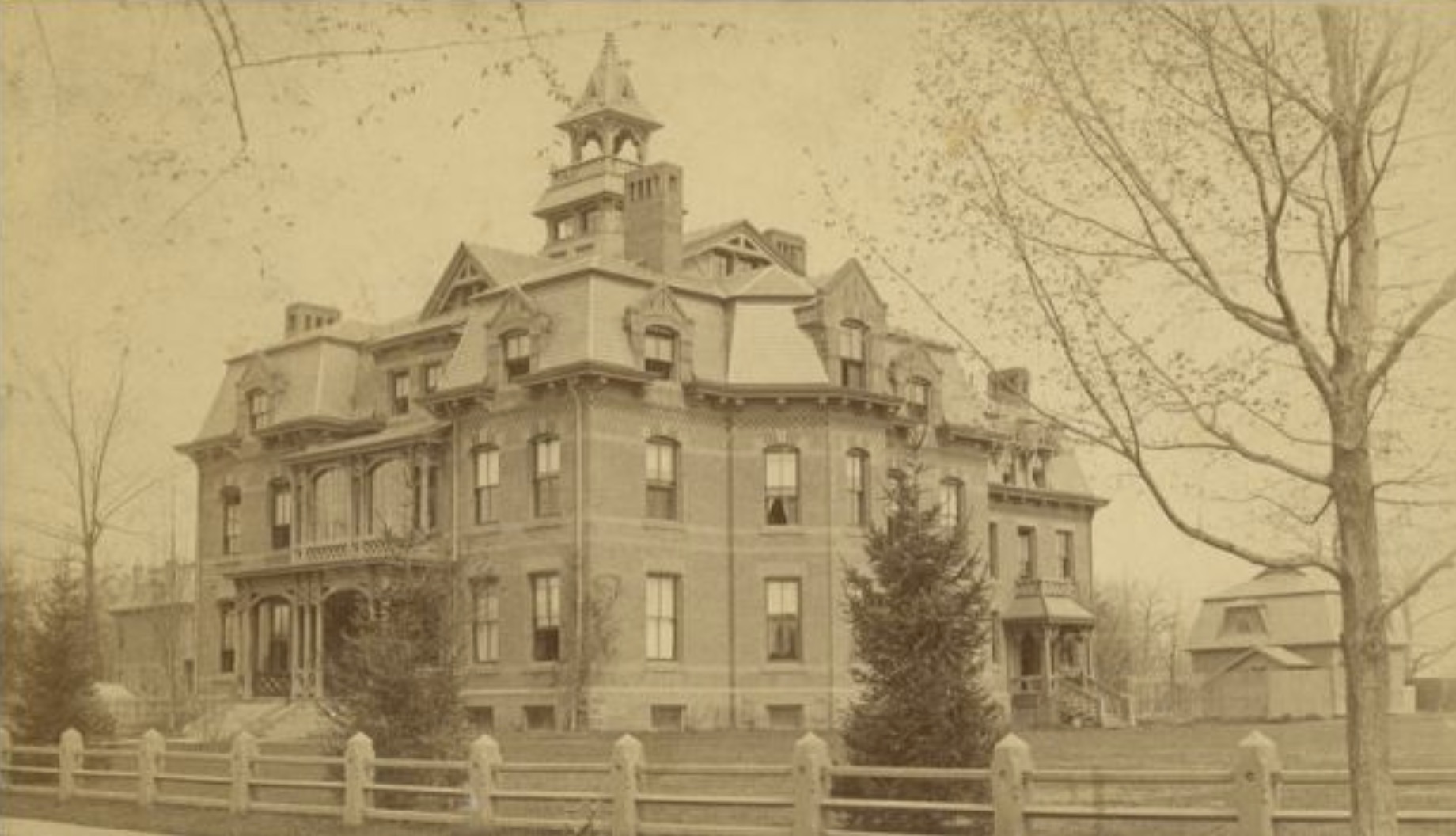
In 1883, Yung Wing came back to Hartford to care for his wife who had fallen ill while in China. Sadly, Mary Kellogg Wing never recovered and passed away in 1886. A devastated Yung Wing raised his two sons, who helped console him through the loss of both his his wife and his Chinese Educational Mission. Yung returned to China in 1895 after China was defeated in the Sino-Japanese War. He served as an advisor to the Chinese government and made suggestions to officials, such as construction of railroads, establishment of a national bank – none of which were adopted.
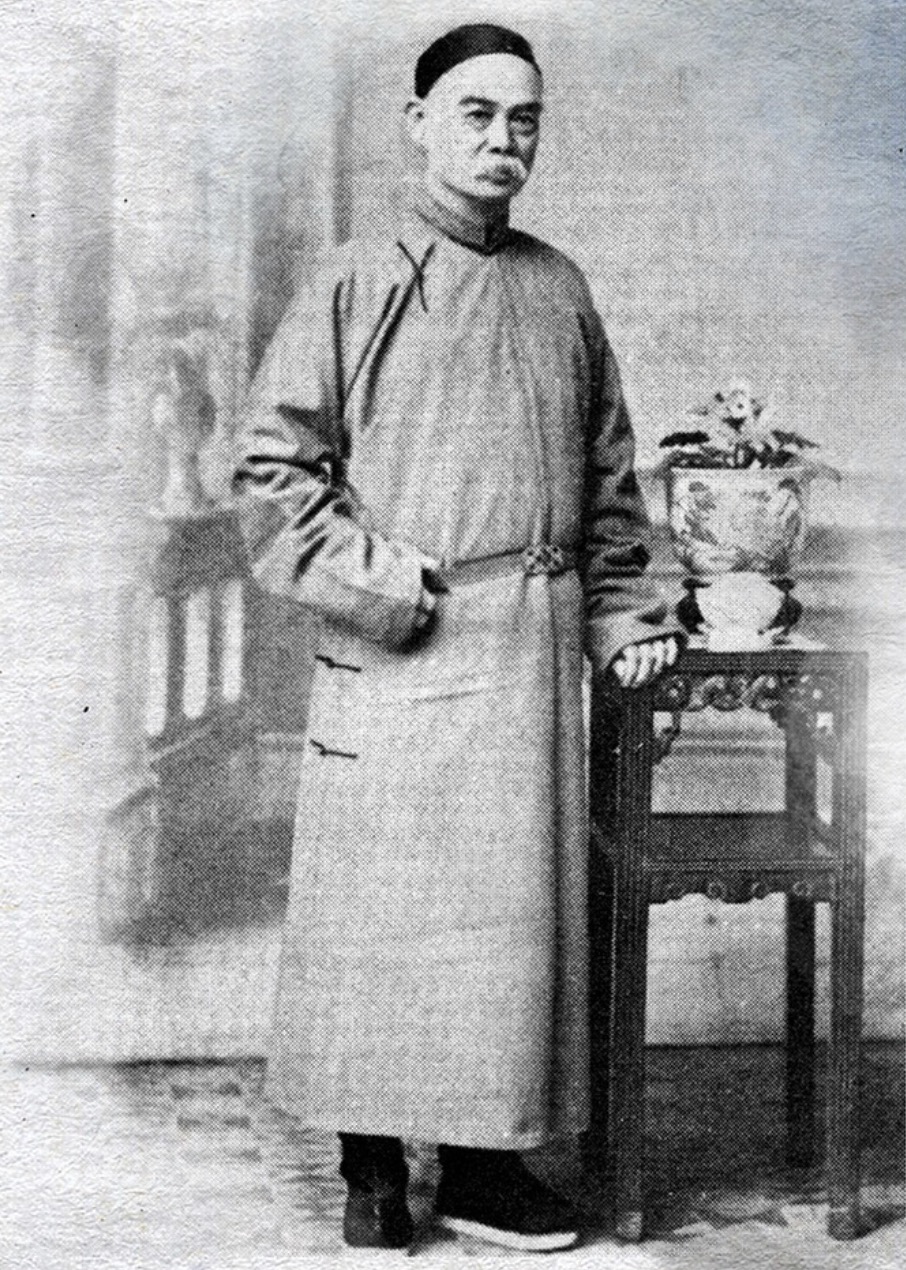
Yung Wing then joined the Reform Party who lobbied for new progressive policies in China. During the summer of 1898, Empress Dowager Cixi brought a halt to any notion of reform and a $70,000 bounty was placed on the head of Yung Wing. He fled for his life to Shanghai and then on to Hong Kong. Though his United States citizenship had been annulled in 1898 as a result of the Chinese Exclusion Act, he snuck in to the country through the Port of San Francisco in June of 1902. Yung Wing arrived in New Haven in time to see his younger son, Barlett Golden Yung graduate from Yale.
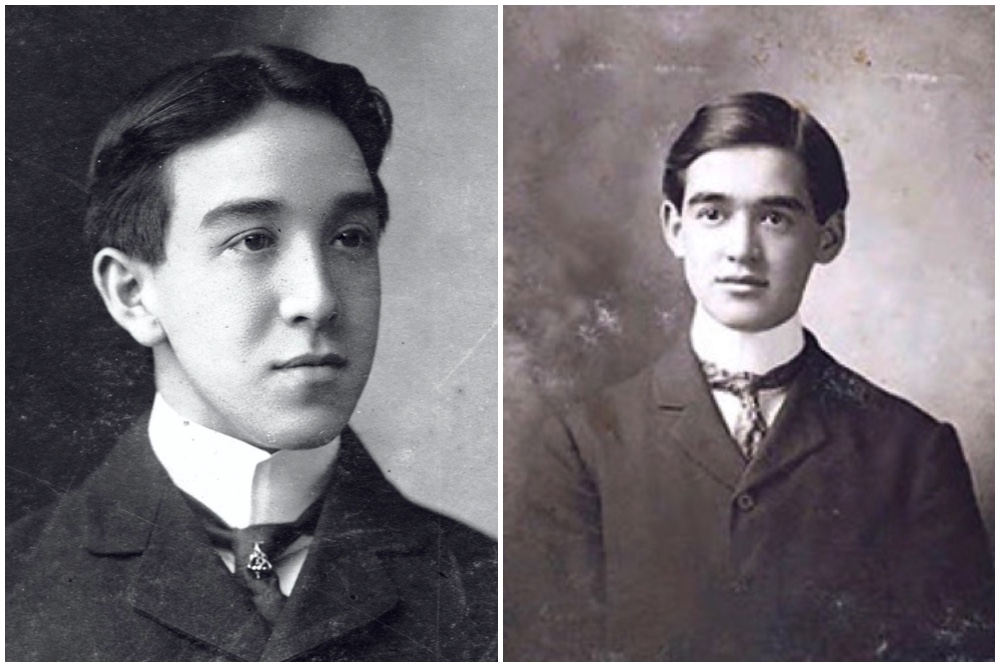
Along with his longtime friend, Rev. Joseph Twichell, Yung Wing published an autobiography in 1909 entitled My Life in China and America. On April 22, 1912, he died in Hartford and was buried in Cedar Hill Cemetery. If not for Yung Wing, 120 Chinese students would not have come to live and study in New England during the 9-year Chinese Educational Mission. The students worked as diplomats, engineers, physicians, educators, administrators, magistrates and naval officers; thus achieving Yung Wing’s mission. He left a trailblazing legacy of international diplomacy, he led a Western expansion of China’s cultural footprint and perhaps unintentionally, Yung Wing ushered the game of baseball from Hartford, all the way to China.


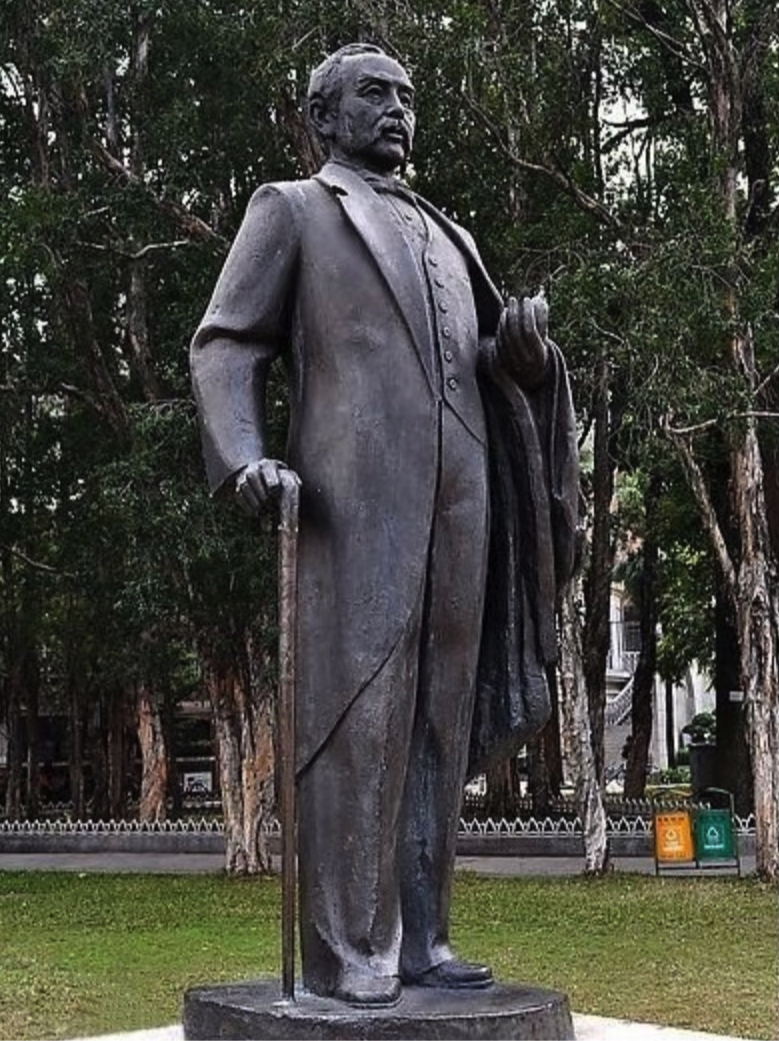
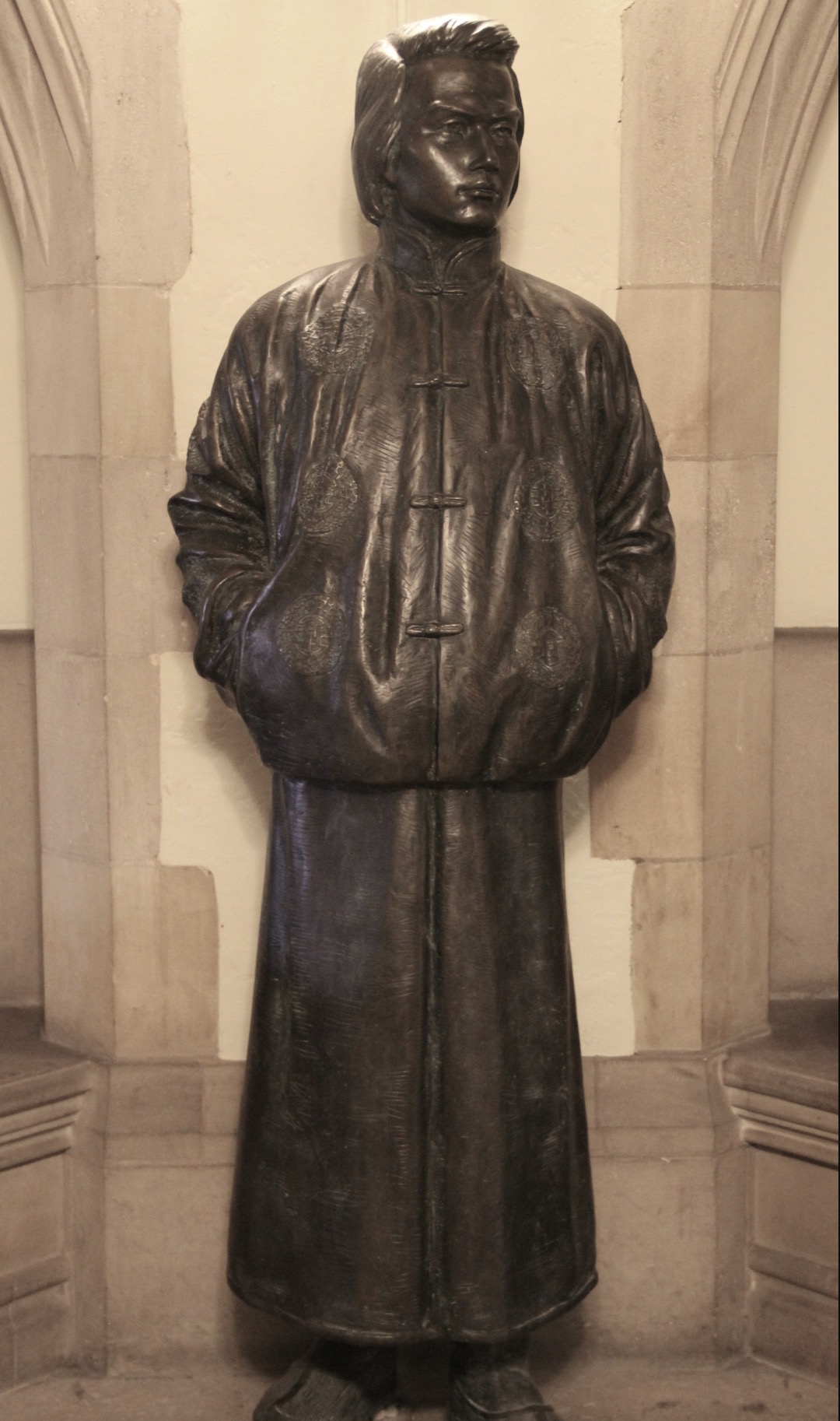
Sources:
- Wing, Yung. My Life in China and America. Nabu Press, 2010.
- Chinese Exchange Students in 1880’s Connecticut, www.ctexplored.org/chinese-exchange-students-in-1880s-connecticut.
- “Yung Wing, the Chinese Educational Mission, and Transnational Connecticut: Connecticut History: a CTHumanities Project.” Connecticut History | a CTHumanities Project, www.connecticuthistory.org/yung-wing-the-chinese-educational-mission-and-transnational-connecticut.
- Hartford Courant, Connecticut State Library digital database.
